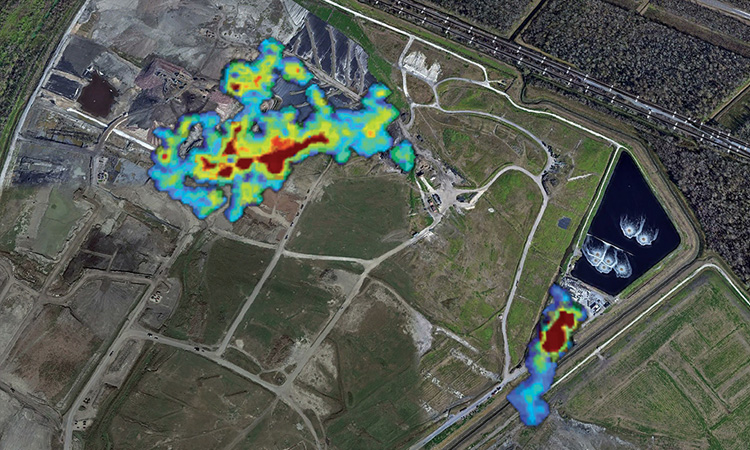Feature
Monitoring Methane to Curb Climate Change
Satellites, aircraft and ground-based systems equipped with optics and photonics technologies pinpoint major sources of methane to help implement solutions that reduce emissions.
 Methane plume observed by Carbon Mapper during aerial monitoring at a landfill in Louisiana, USA. [Carbon Mapper]
Methane plume observed by Carbon Mapper during aerial monitoring at a landfill in Louisiana, USA. [Carbon Mapper]
In early 2024, scientific organizations around the world—including NOAA, NASA, the EU’s Copernicus Climate Change Service and the UK’s Met Office—confirmed that 2023 ranked as the hottest year by far since global records began in 1850. The speed and severity of global warming has astounded scientists and significantly outpaced climate models.
…Log in or become a member to view the full text of this article.
This article may be available for purchase via the search at Optica Publishing Group.
Optica Members get the full text of Optics & Photonics News, plus a variety of other member benefits.

